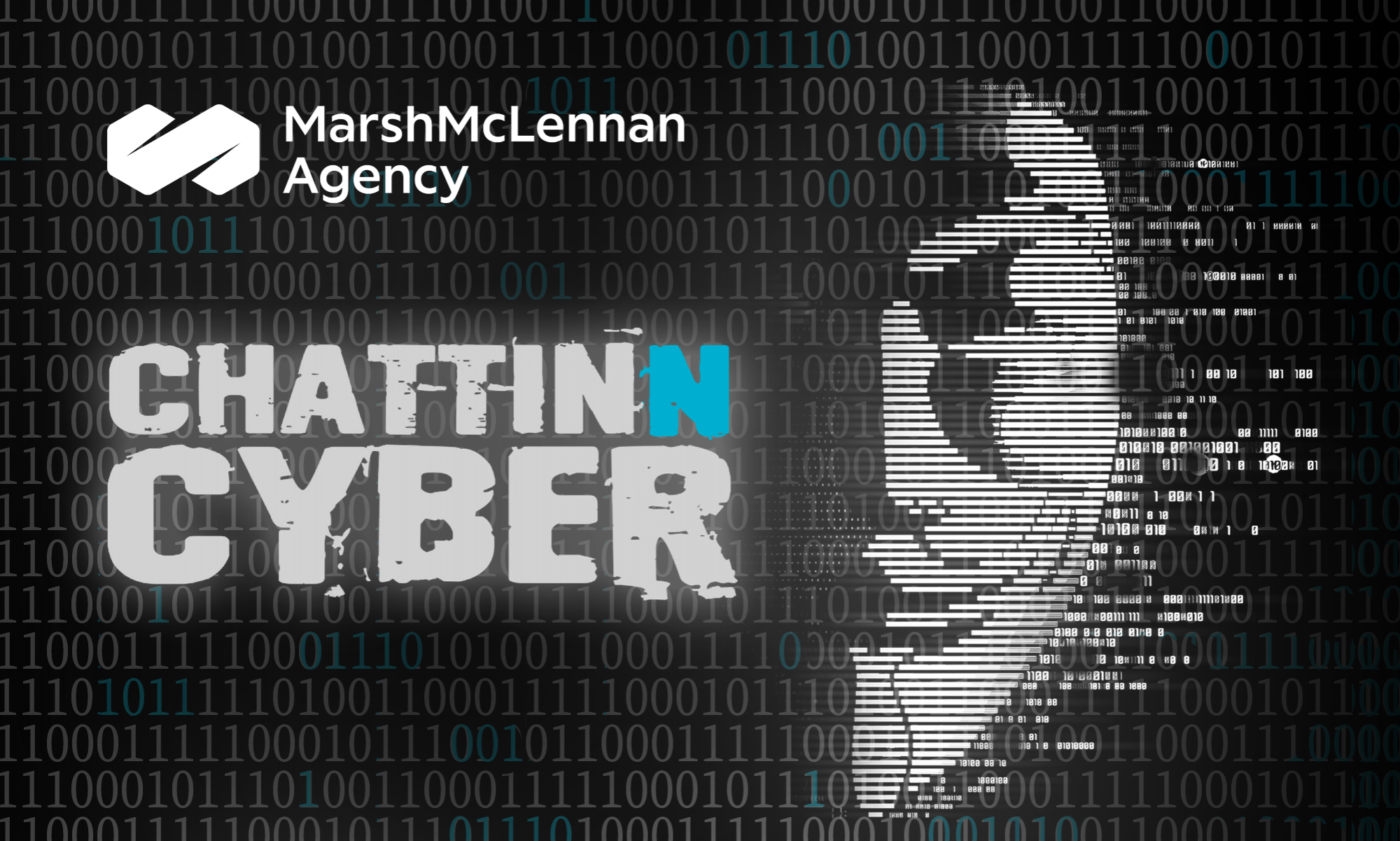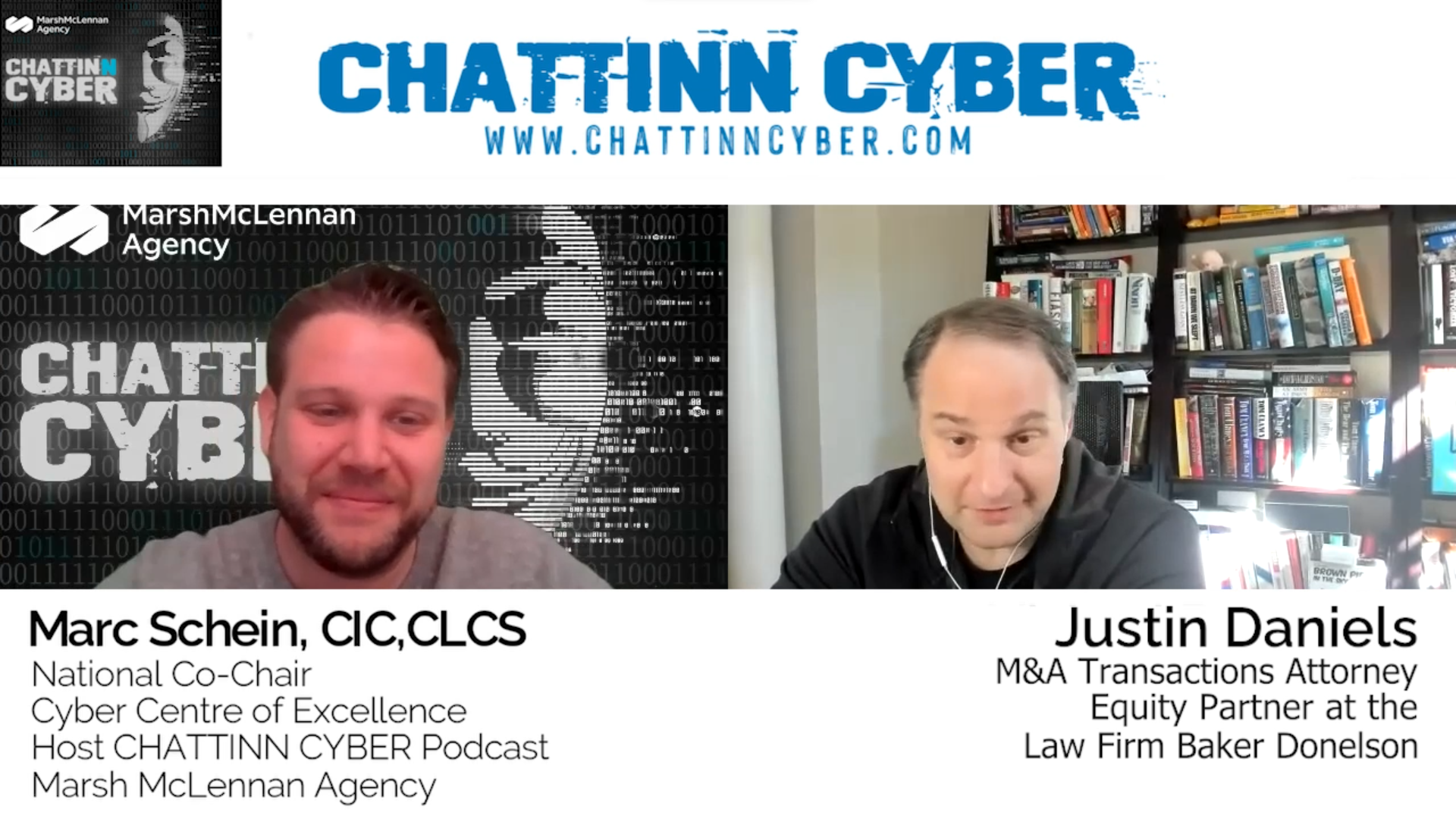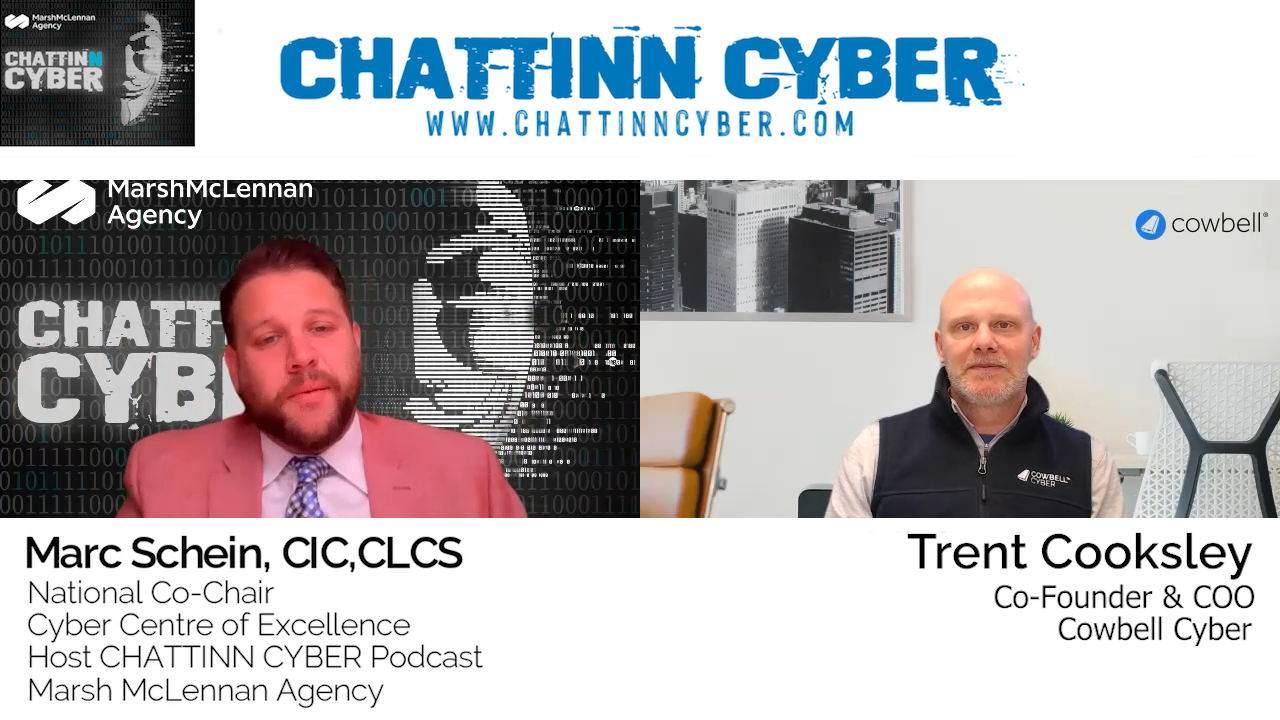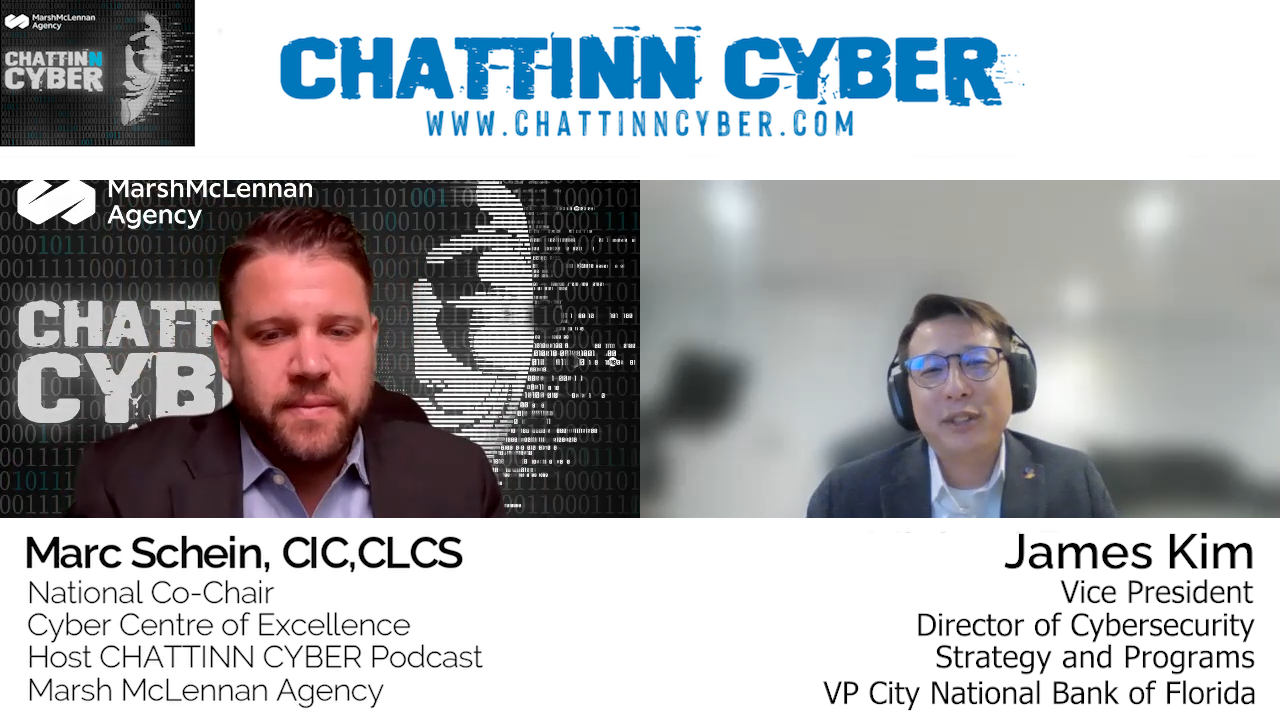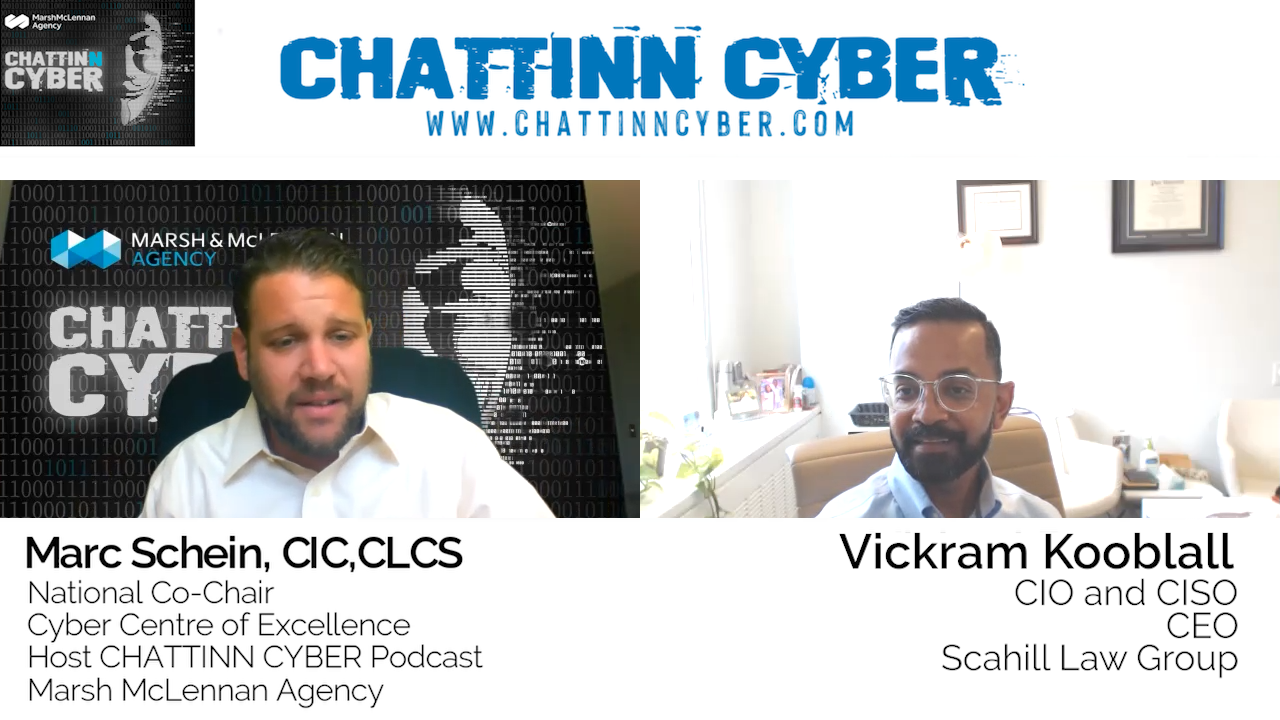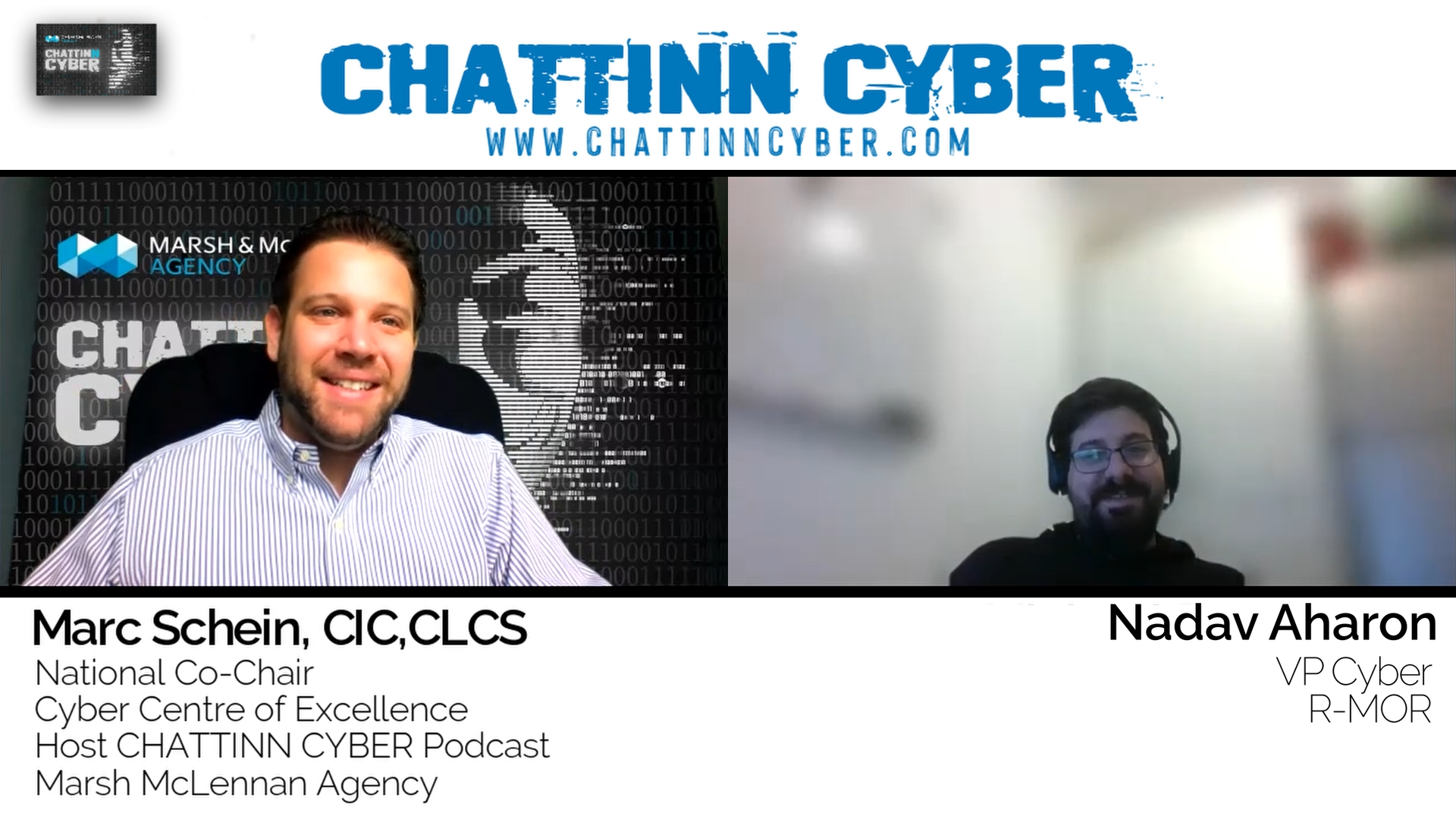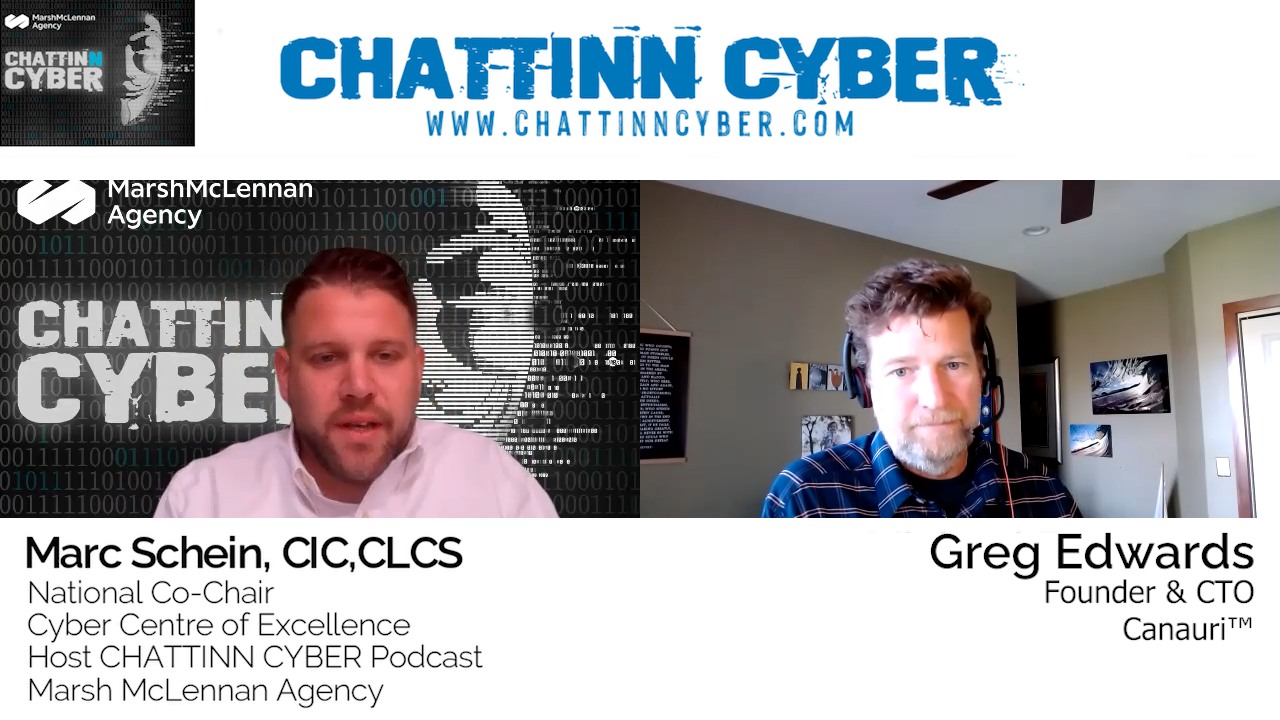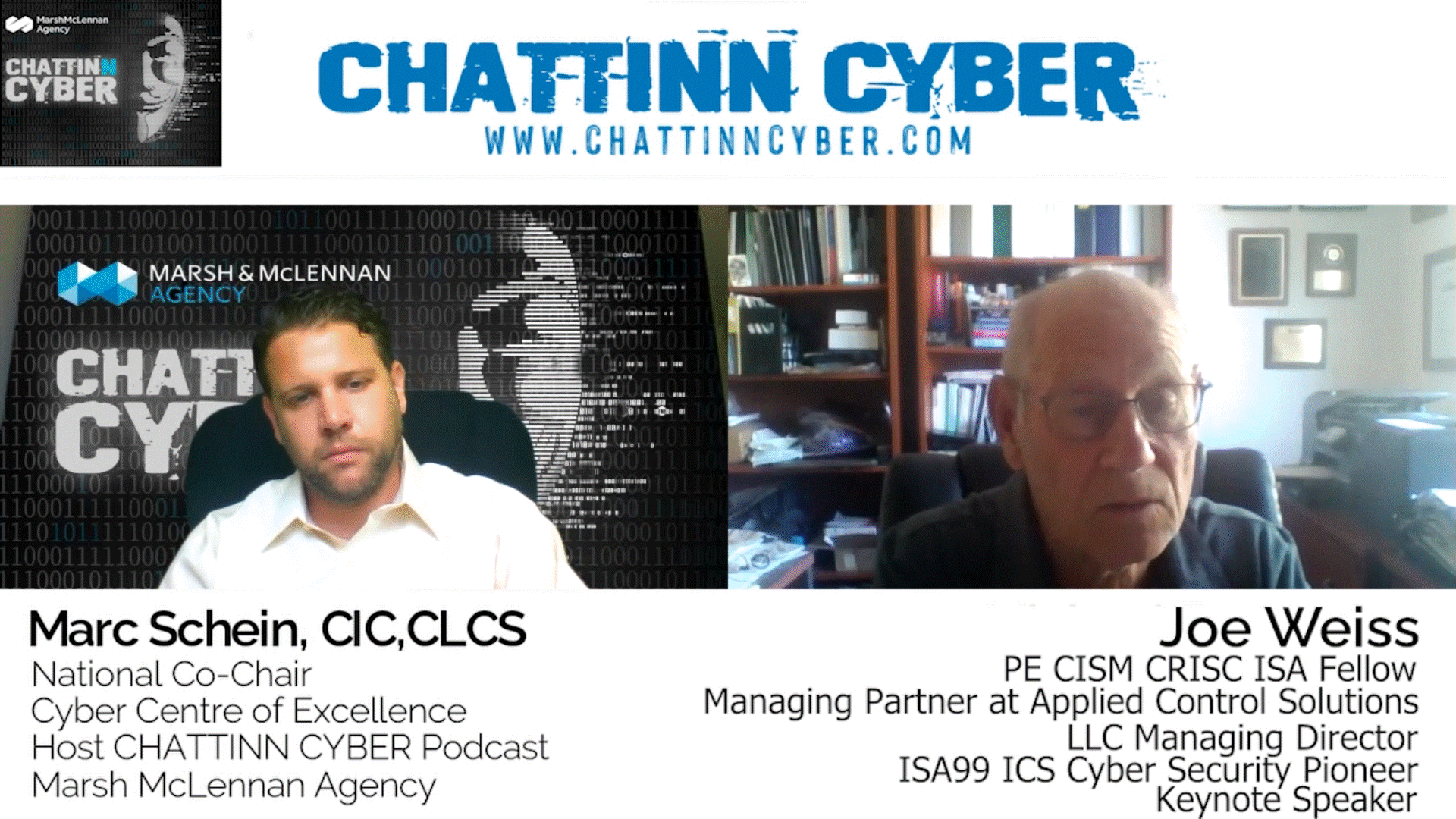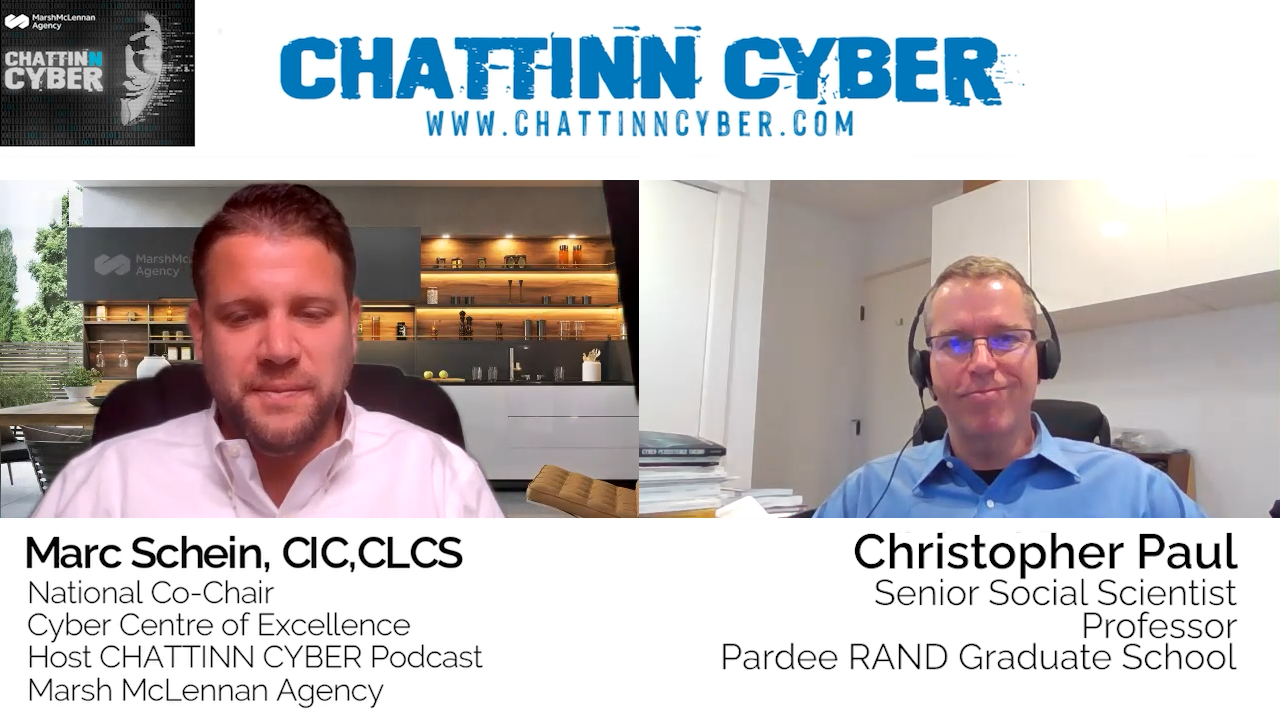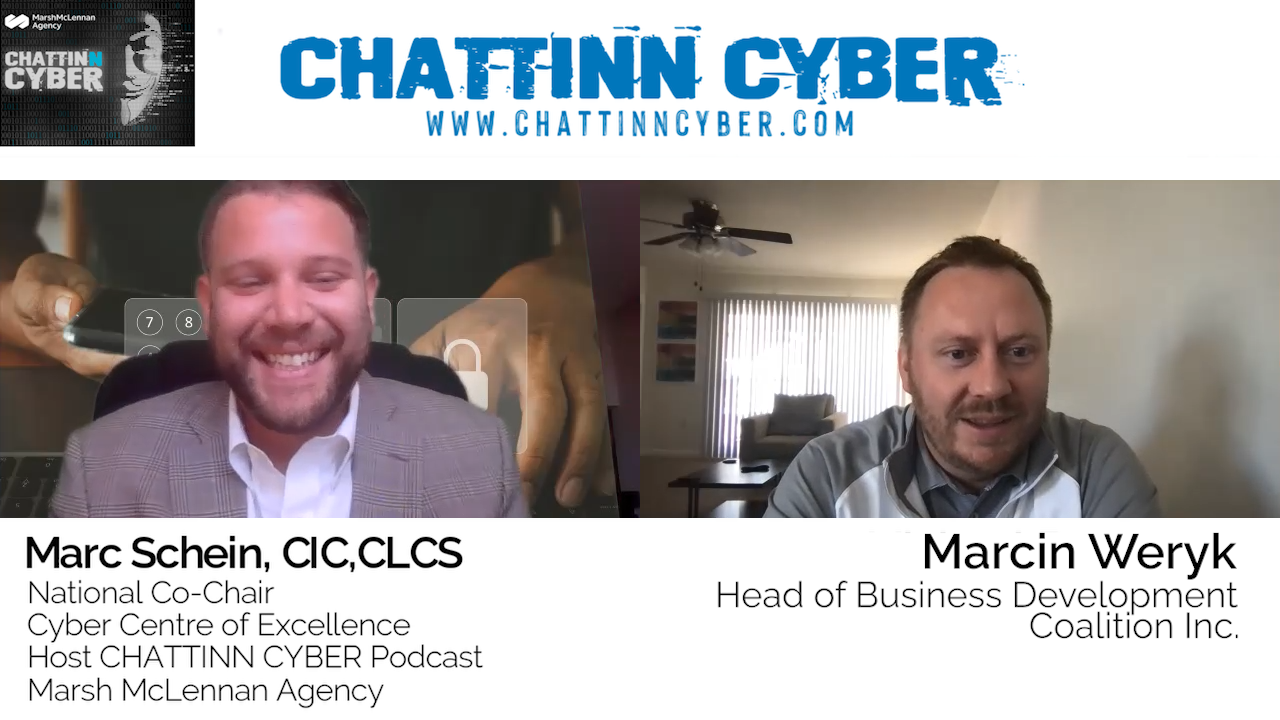Podcast: Play in new window | Download (Duration: 17:29 — 24.0MB)
Subscribe: RSS
In this episode of CHATTINN CYBER, Marc Schein interviews Justin Daniels, an equity partner at Baker Donelson, an AM law 60 firm. Justin worked as a corporate M&A attorney and started doing technology work, before eventually narrowing down to cybersecurity. In today’s episode, he talks about cybersecurity in M&A transactions, explaining in depth his three-layer cake approach to cybersecurity in M&A and the importance of cybersecurity and privacy in all aspects of technology, from individual to business transactions.
Justin begins by discussing the importance of cybersecurity and privacy for individuals and businesses, particularly in the context of smart contracts and digital wallets used in the crypto space. He emphasizes the need for individuals to shift their mindset and make intelligent choices about sharing their data. He also suggests that individuals take advantage of privacy and security settings on their phones and consider multi-factor authentication.
He then shifts to cybersecurity in M&A transactions. Justin explains his “three-layer cake” approach to cybersecurity in M&A, which includes asking the right questions, having proper representations and warranties in the purchase agreement, and not integrating the target’s network too quickly after the acquisition. He also discusses liability caps and super caps in technology contract negotiations.
Overall, this conversation stresses the importance and relevance of cybersecurity in all technology business transactions today.
Highlights:
“You have to have a certain period where cybersecurity lasts after the closing. In fact, I make it a fundamental rep where it could last through the statute of limitations, it can get negotiated.”
“Once you own a network, you can send in your security people and try to find any intrusions. And if you can do that, while the network is isolated, that doesn’t give the threat actor the opportunity to move laterally onto your network and probably cause a lot more damage.”
Time-Stamps:
[01:06] Justin’s journey into cybersecurity
[03:17] The importance of smart contracts and digital wallets.
[05:12] How businesses and individuals can manage privacy and security concerns.
[07:33] The pros and cons of using private browsers
[09:35] How important is cybersecurity in M&A?
[11:27] The three-step approach to cyber security.
[13:43] Liability caps helpful in M&A negotiations
[15:17] About Justin’s book, Data Reimagined, and how to connect with him online
Connect with Justin:
LinkedIn: https://www.iansresearch.com/our-faculty/faculty/detail/justin-daniels
